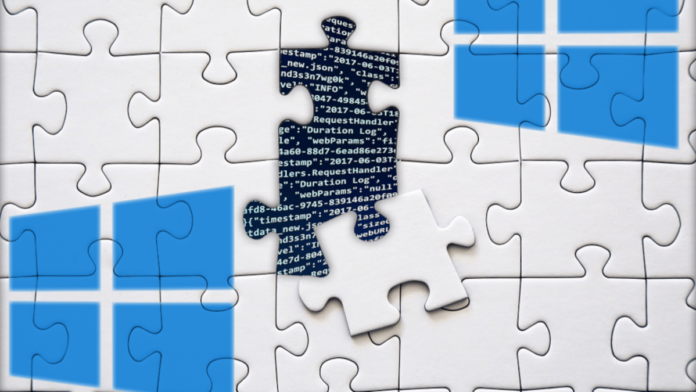The August updates have some side effects: On Windows 11, the computer could start with BitLocker recovery. Windows 10 may have sound issues.
The Windows updates are actually intended to seal security gaps and eliminate errors – but sometimes they also create new ones when trying to do so. Microsoft’s August updates cause some Windows 11-based machines to only start with BitLocker recovery. Windows 10 users, on the other hand, could be affected by sound problems.
BitLocker recovery
In the Windows Release Health Notes for Windows 11, Microsoft writes that the update for the Secure Boot database (Secure Boot DBX, KB5012170) from August 9th, which should actually lock insecure boot loaders, is used to start the computer in BitLocker -Recovery may result. This can occur after the first or second reboot after installing the update. It is important for Microsoft to point out that this happens separately from the cumulative Windows update, roll-ups or similar updates.
If this happens, those affected can enter their BitLocker key using the usual methods and thus release the hard drive again. If the key is not backed up, access is blocked and the data or the operating system is gone.
In the release health entry, Microsoft explains how users can temporarily disable BitLocker before installing the potentially dangerous patch. After installation, the drive encryption can then simply be switched on again without the dreaded side effects. If users have already restarted twice or more, they are not affected by the problem. Microsoft vaguely promises a remedy in one of the next releases.
sound problems
Some users with Windows 10 updates 21H2, 21H1 and 20H2 may experience slightly less severe sound issues after applying the August patches to their Windows. Some of the affected devices no longer emit any sounds, on other machines only certain ports, audio devices or even applications or games are affected.
In most of the affected device drivers, the “Audio Enhancements” option was deactivated before the Windows update was installed, or the driver had problems with the function. Microsoft is discussing several ways to work around the problem. If the update is not yet installed, users should look for updated sound drivers – either via Windows Update or from the hardware manufacturer. Users of advanced audio applications such as Open Broadcaster Software (OBS) should back up all their settings before updating.
If only some applications are affected, users should check if the correct audio devices are selected for output in them. If necessary, a complete reinstallation of the now soundless software would help – or the manufacturer support, who would have to explain how to set the correct audio output devices (Multimedia Device ID, MMDevice ID).
If the whole system remains without sound, users can start the Windows sound or audio problem fix wizard from the web page; this should fix the problem. As a final help, the manufacturer refers to a help article that explains how to deactivate audio enhancements.
problem solved
Microsoft has also marked the problem as solved. The company simply removed the update using a Known Issues Rollback (KIR). However, this does not help if the error has already occurred. This still remains and requires one of the above solutions. The Microsoft report also explains how the KIR can be accelerated or set up in managed networks.
The fact that operating system updates cause problems for some devices is now an almost normal scenario. Most recently, Microsoft’s update previews in May had to deal with major problems.













